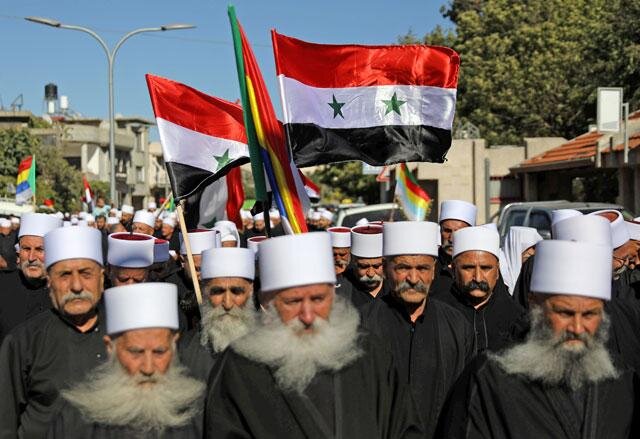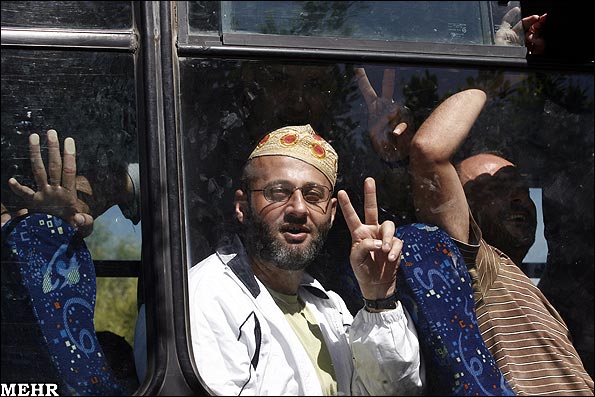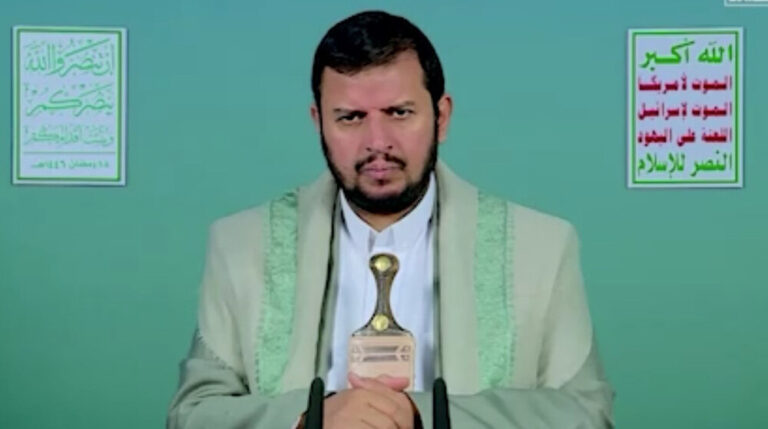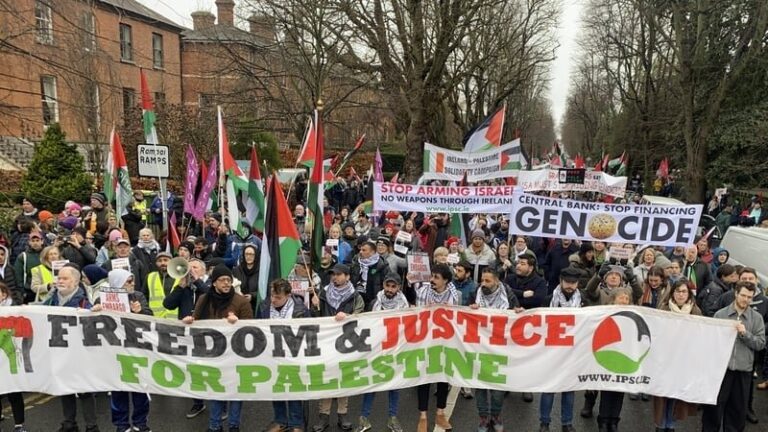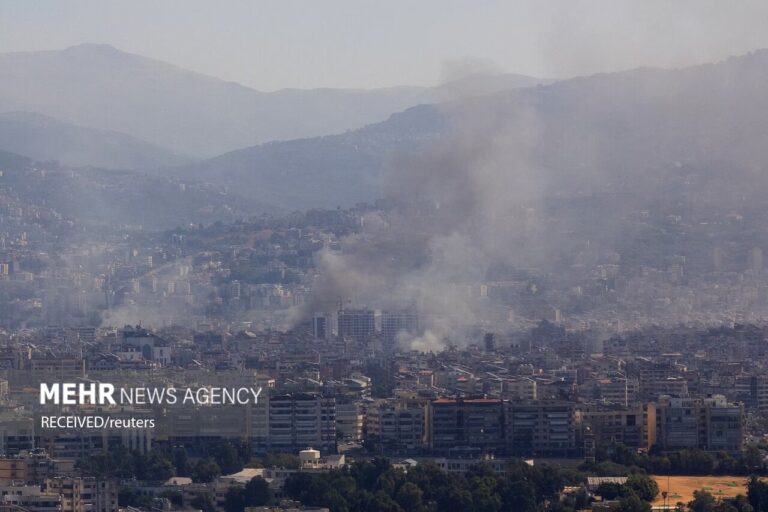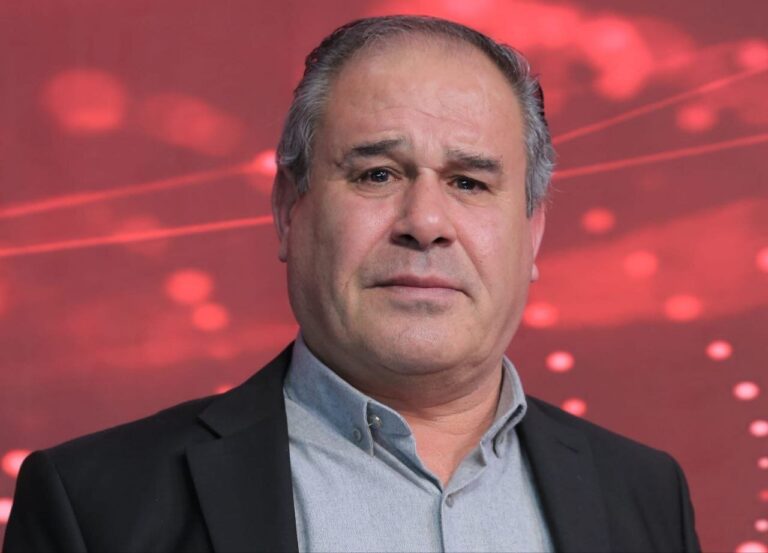Escalating Conflict: Julani Regime and SDF Forces Clash in Syria
In recent developments in Syria, significant tensions have arisen between the Hay’at Tahrir al-Sham (HTS) group, led by Abu Mohammad al-Julani, and the Kurdish-led Syrian Democratic Forces (SDF). This conflict is rooted in a series of disputes that have escalated due to the refusal of SDF forces to release detainees linked to al-Julani’s group. The situation has halted a crucial prisoner swap that was previously in progress.
According to reports from Al Jazeera, a Syrian security source revealed the intensity of the ongoing disputes. Here’s a closer look at the factors contributing to the current situation:
- Refusal to Release Detainees: The SDF’s decision not to release detainees affiliated with HTS has been a key trigger for the conflict.
- Suspension of Prisoner Swap: The disagreement has directly resulted in the suspension of a planned prisoner exchange between the two factions.
- Previous Agreement: Earlier in March, a controversial agreement was signed by al-Julani and SDF Commander Mazloum Abdi, which aimed to integrate SDF forces into a military structure overseen by HTS.
- Administrative Control: The agreement also proposed that territories held by the SDF would come under the administrative control of al-Julani’s regime.
The backdrop of this conflict is rooted in the complex political and military landscape of Syria, where various factions vie for power and control. The relationship between HTS and SDF has always been fraught with tension, but the recent turn of events has escalated the situation significantly.
Understanding the implications of this conflict is essential for comprehending the broader dynamics in Syria. The HTS group, known for its extremist ideologies, has been a significant player in the Syrian civil war. Its leader, Abu Mohammad al-Julani, has been involved in various military strategies and alliances that have shaped the conflict.
The SDF, on the other hand, has been primarily focused on combating ISIS and securing autonomy for Kurdish regions in Syria. The relationship between these two factions is critical, as both have different objectives and ideologies. The refusal of SDF forces to release detainees may indicate a strategic decision to maintain control over their prisoners and assert their authority in the face of HTS’s demands.
As the situation unfolds, here are some potential consequences of this conflict:
- Increased Hostilities: The breakdown of negotiations may lead to an increase in military confrontations between the two groups.
- Impact on Local Civilians: Continued conflict can exacerbate the humanitarian situation for civilians caught in the crossfire, leading to more displacement and suffering.
- Shifts in Alliances: The ongoing tension may prompt both groups to seek new alliances, altering the power dynamics in the region.
- Challenges for Peace Efforts: Efforts to establish a peace process in Syria may be hindered if key players like HTS and SDF remain in conflict.
The situation is further complicated by external influences and the ongoing geopolitical interests of various nations in the region. The international community is closely monitoring the developments, as any escalation could have broader implications for regional stability.
Moreover, the previous agreement signed between al-Julani and Abdi raises questions about the future of SDF’s operational autonomy. Many observers are concerned about the potential for HTS to exert control over areas previously held by the SDF, which could lead to further tensions.
In summary, the recent disputes between the Hay’at Tahrir al-Sham and the Syrian Democratic Forces highlight the fragile nature of alliances in the Syrian conflict. The refusal to proceed with a prisoner swap signifies deeper issues that could impact not only the groups involved but also the overall stability in Syria. As the situation develops, it remains crucial to watch how these factions navigate their complex relationships and the potential outcomes that could arise from continued conflict.
In conclusion, while the current standoff may seem like a localized issue, its ramifications are likely to resonate throughout the region, affecting both military and humanitarian conditions. The world watches closely as the situation evolves, hoping for a resolution that could pave the way for peace in a war-torn nation.

